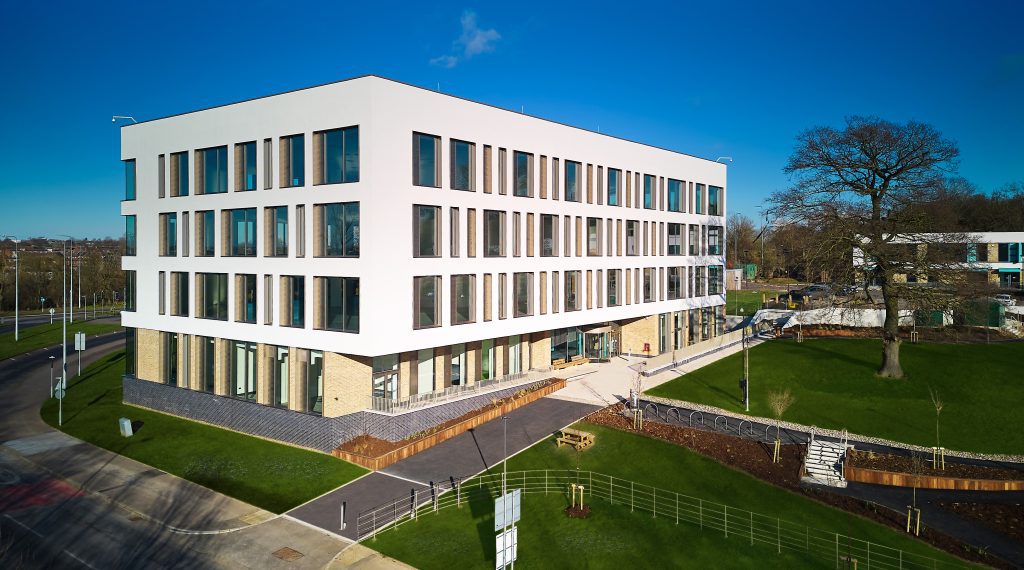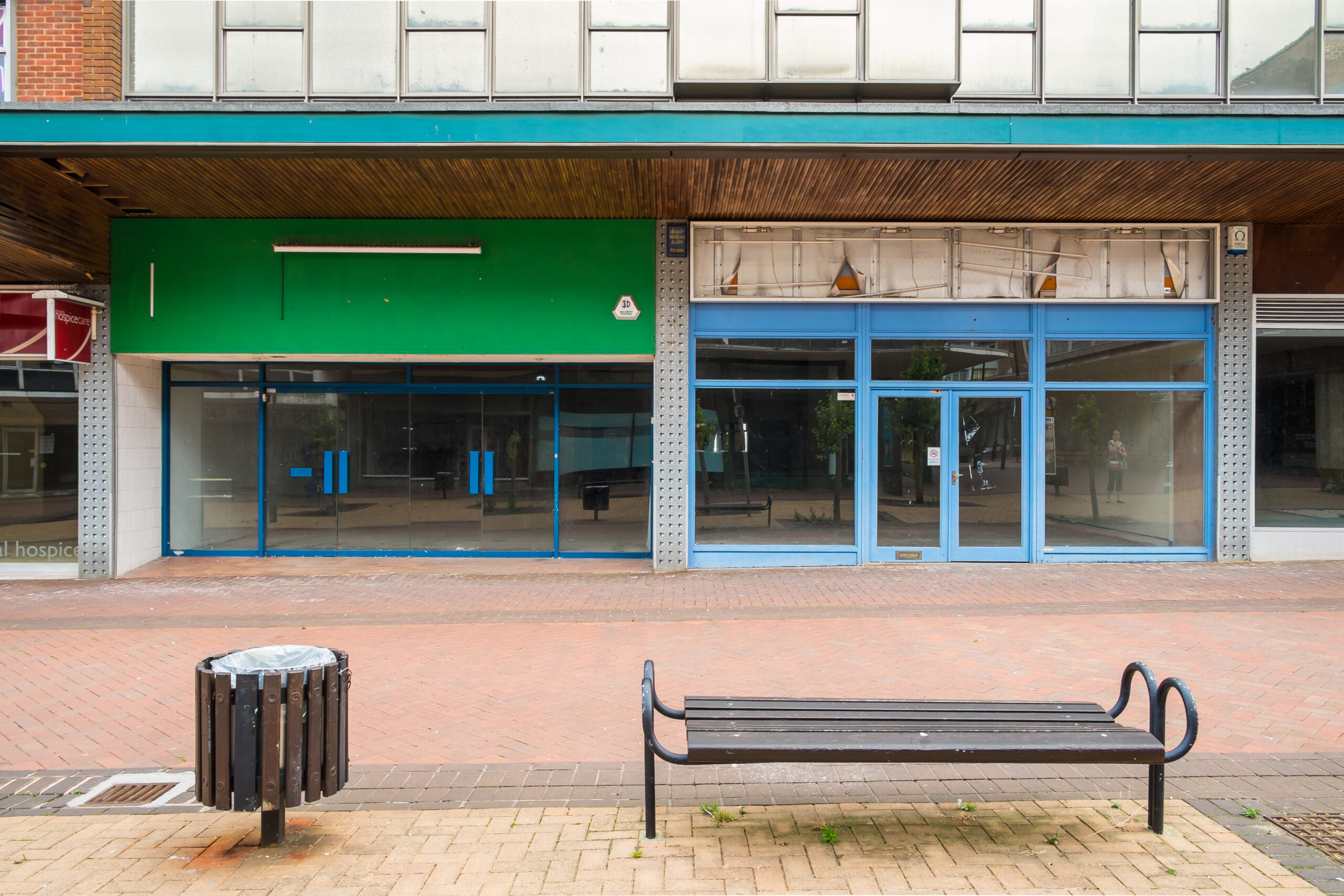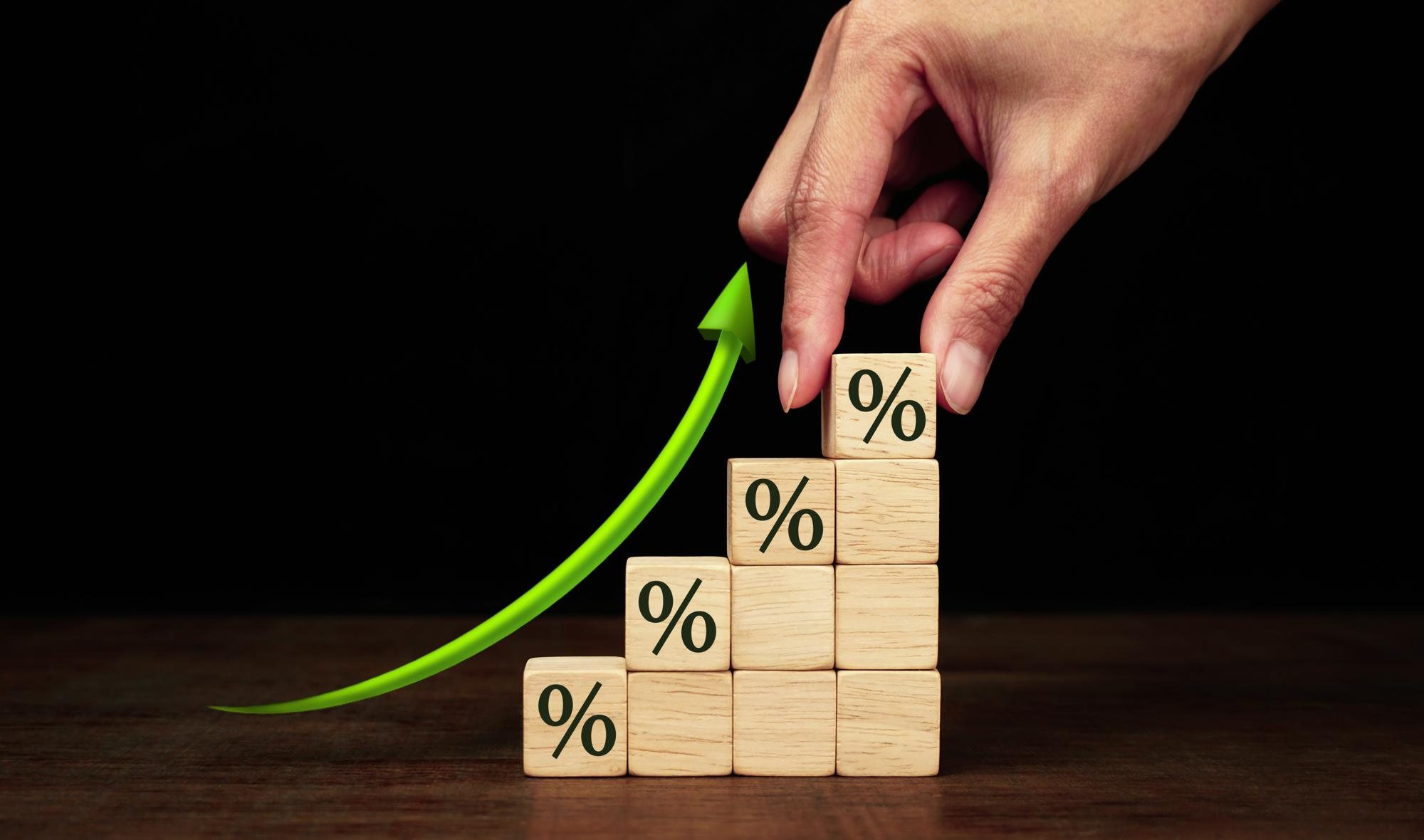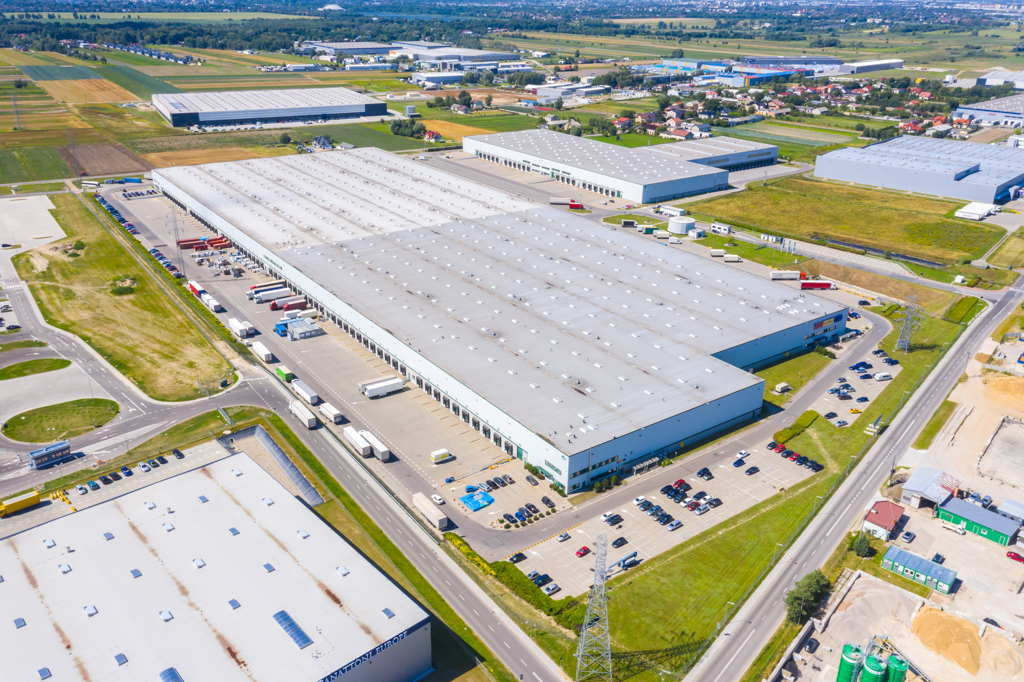Investing in Commercial Property Part Three: Property with Benefits
Investing in commercial property has many benefits and is widely considered as a good long-term investment option.
There are a vast array of types of commercial property investments and, according to the British Property Federation, they account for 13% of the value of all buildings across the UK.
Commercial property is made up of a diverse range of property types which can include:
• Office space and car parks
• Retail outlets from high street shops to large shopping centres
• Factories, industrial units, and warehouses
• Leisure establishments such as pubs, hotels, gyms
• Land
Before outlining the many benefits of investing in Commercial Lettings One of the first things for any potential investor to understand it that property is illiquid. In other words, such assets cannot be traded quickly- it is not easy or quick to get in nor is it easy or quick to get out. Such transactions can also expensive.
Buying or selling will often involve time delays in marketing and securing a buyer or seller, and these must be factored in. In holding vacant property, an owner will also be responsible for costs such as empty rates (except in certain circumstances), utility costs which are fast rising, security and insurance (on empty properties the possible need for regular inspections) etc.
The size of property assets are usually very significant too and they are not often capable of being acquired without financial support (i.e. via a mortgage). If the buyer is in “cash”, this will set them at a clear advantage now to the market.
These advantages are coming more and more to the fore in the current climate where mortgage products are being withdrawn or more heavily priced. As with the residential sector, typical mortgage periods are now well in excess of 30 years(even 40), a major commitment to investors. As opposed to the residential sector too, commercial investors will usually be required to provide a significant deposit as LTV’s(Loan to Values) are commonly around 70%.
Alternatively, the smaller investor in different asset classes can set up a trading account to buy and sell stocks and shares very easily and with only a modest outlay (from say £25) can build and develop a portfolio that way. Would be investors need to consider this carefully, and their appetite to risk and “cut their cloth” accordingly.
The advantages of property investment are many but include;
a. Capital Growth b. Rental Growth c. Long Term Leases and security
While asset values can go up and down and we are now experiencing some re-pricing in the residential sector, investors will be very unlucky to experience capital depreciation. However, they will need to be in for the long or medium term.
Short term gains can be found in both rising and falling markets, but the costs of entry and exit must be taken into account. Following the UK’s low interest regime the UK over the last two decades, owners have generally experienced phenomenal growth in their property assets. This has been especially true of the industrial sector, where second hand values have doubled (and trebled in some instances) over the past five or so years (some of this certainly Pandemic driven).
Having highlighted the amazing rise we have experienced in industrial rents, alongside this too, yields in the sector have been amazingly bullish, some reasonably ordinary assets having been traded at sub 3% across the UK. Put another way, this reflects a multiplier of over 33 times on rent levels that have doubled or trebled in some instances. Investors can see how the sector has been incredibly attractive in recent years.
Are we now though at the peak, and with increasing talk of a recession looming, is now the best time to get in?
The professionals now are looking for bargains, and many of these have been selling during the rising markets and getting into cash. Bank deposits which should be regarded as safe are now offering savings products around 4%, an attractive option. Property yields are therefore likely to move out to reflect risk. Commercial investors should also factor in rental growth, again especially in the industrial sector where traditional rents of around £5/6psf in many of the major centres in Essex for much of the past two decades, are now easily exceeding the £10psf barrier. Only recently, we have been quoted £12.50psf on a new 50,000sq.ft+ warehouse in Suffolk for a client, this same scheme having been marketed at £8.50psf less than 12 months ago. We have also heard of industrial rents at or around £30psf in the Essex areas, quite staggering.
Rental growth has not been that strong across all sectors though, and as above, rising construction costs are now driving the rental market (assuming occupiers are prepared to pay such enhanced levels?).
This factor has been less pronounced in the retail and office sectors, both of which have faced unprecedented challenges especially during the Covid years. However these sectors too are now starting to recover with increased demand in both. What investors will get though from commercial tenants is the security of a long term lease, while residential tenancies are usually 6-12 months, then with the double whammy of renewal and repairs costs.
Commercial leases are often much longer. While the era of 25 year leases is less usual, apart from on modern schemes, unbroken 10 year ( and sometimes 15 year terms) are not unusual, especially where tenant competition can be secured. Such terms offer investors a great deal of security, provided the tenant covenant is strong and they are reliable payers of rent.
During the Pandemic, it is true that many established high street names took advantage of difficult times not to pay rent, often when they were trading while others could not. Again here, strong landlord and tenant relationships are really important, and the ability or willingness to “give” a little, not to push someone to the “n’th” degree will bear fruit in the long term. Investors do not want
empty units so keeping your tenant in situ and “nursing” them in difficult times should bring its reward over the longer term.













